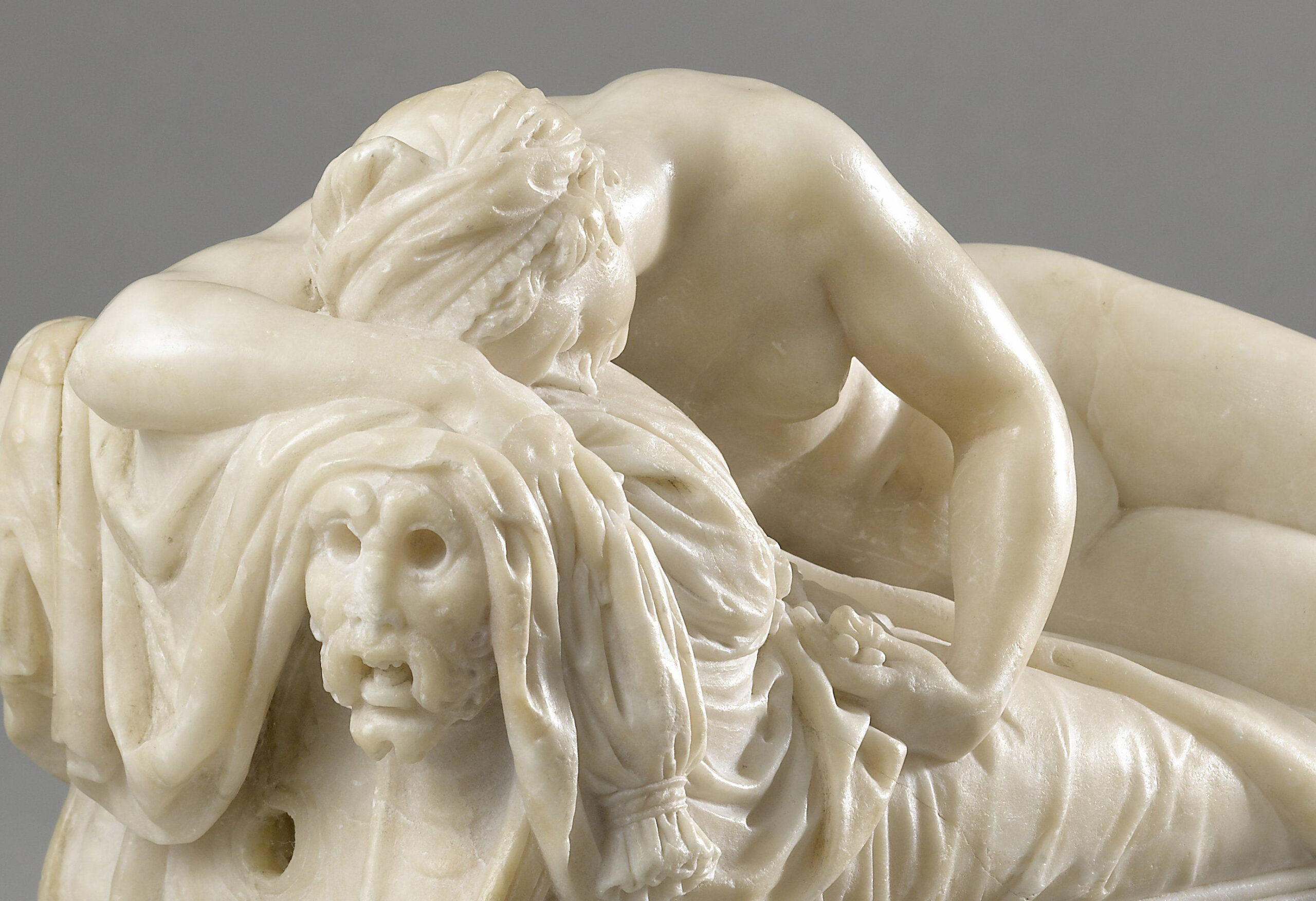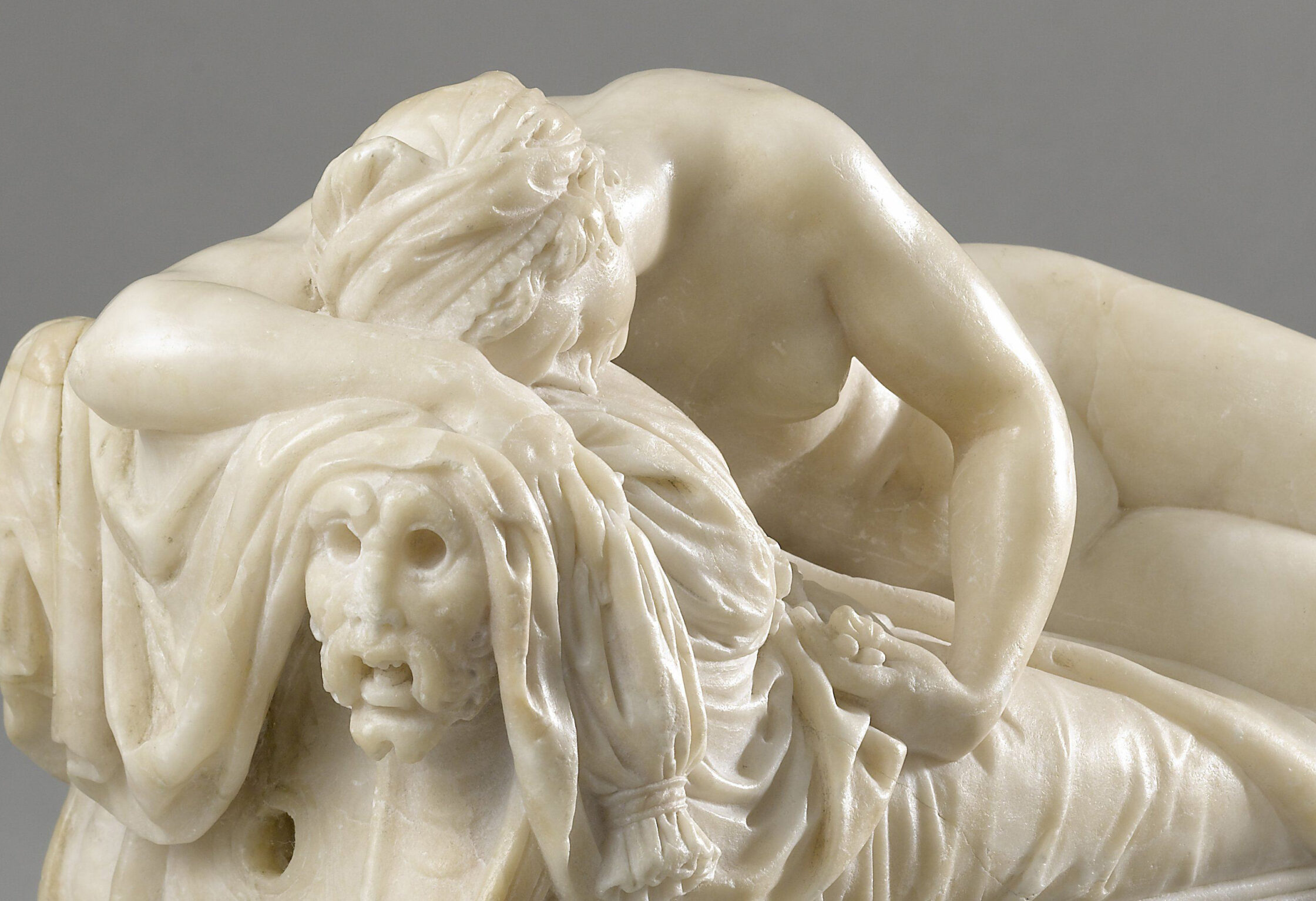
Link
https://materi-a-net.uni-koeln.de/ [see also https://gepris.dfg.de/gepris/projekt/469987104]
Runtime
2022–2025
project participants
Project lead: Prof. Dr. Aleksandra Lipińska (Institute of Art History, University of Cologne). Cooperation partners: Marjan Debaene (Museum Leuven), Dr.-Ing. Wolfram Kloppmann (BRGM (French Geological Survey)). Co-responsible: Dr. Claes Neuefeind (CCeH, University of Cologne). CCeH staff: Tobias Mercer.
Funding
Funded by the DFG and the Agence Nationale de la Recherche (ANR), France, as part of the ANR-DFG funding program for Franco-German research projects in the humanities.
Description
The project Materi-A-Net: Material as an actor in the transcultural networks between France and Germany in the late Middle Ages and early modern period investigates the agency of artistic materials as a factor in the cross-border Franco-German cultural networks. This is illustrated specifically by the example of the exchange of the raw material alabaster and the works of art created from it between France and Germany around 1350–1650, i.e. the time of the greatest popularity of this material. In contrast to previous approaches in art history, which have focused primarily on the human actors (artists, patrons, rarely other intermediaries, such as dealers) in the art transfer, this study examines the natural conditions of this process: the occurrence of the stone, its properties, and the natural determinants of material procurement (extraction and transport possibilities). Thus, following the Actor-Network Theory (ANT), the project aims to understand the networks of human and non-human actors behind the mobility of the alabaster and circumstances in which they came into being. In doing so, the question is posed as to whether certain systemic structures that lead to the creation of a work of art are comparable across epochs. This question is examined on basis of two case studies:
- Location of the workshop of the so-called Master of the Rimini Altarpiece (15th century). This study aims to better delimit the disputed origins of the important early 15th century alabaster sculptor by inventorying and mapping his works and the distribution of the material he used. Supplemented by the investigation of possible transport routes, hypotheses regarding the artist’s place of activity will be verified with the help of digital visualisation methods.
- Inter-court exchange in the Hesse-Lorraine-Franconia triangle in the 16th–17th centuries. This case study examines the role of alabaster (as raw material and artwork) as an actor in inter-court relations between France and Germany, using the example of selected courts that disposed of alabaster deposits and commissioned alabaster works (the Ducal Court of Lorraine in Nancy, the Landgravial Court in Kassel and Darmstadt, the Prince-Bishop’s Court in Würzburg). The focus lies on the role of the itinerant artists working there as mediators of material knowledge and actors in inter-court communication.
In the project, the methods of art history (analysis of the artworks and sources), geography (analysis of artworks and sources), geology (localisation of deposits), geochemistry (determination of the origin of the material samples) and restoration science (interpretation of traces of work, experimental reconstruction) are combined by the approach of digital humanities (structuring of data from the above-mentioned fields of investigation in a graph database; mapping the actors; forming hypotheses on the basis of the visualisation).
Picture credits
Sleeping Nymph, Willem van den Broecke / Guglielmus Paludanus (attributed), c. 1560, Rijksmuseum Amsterdam, https://www.rijksmuseum.nl/en/collection/BK-1979-7 (CC0).
